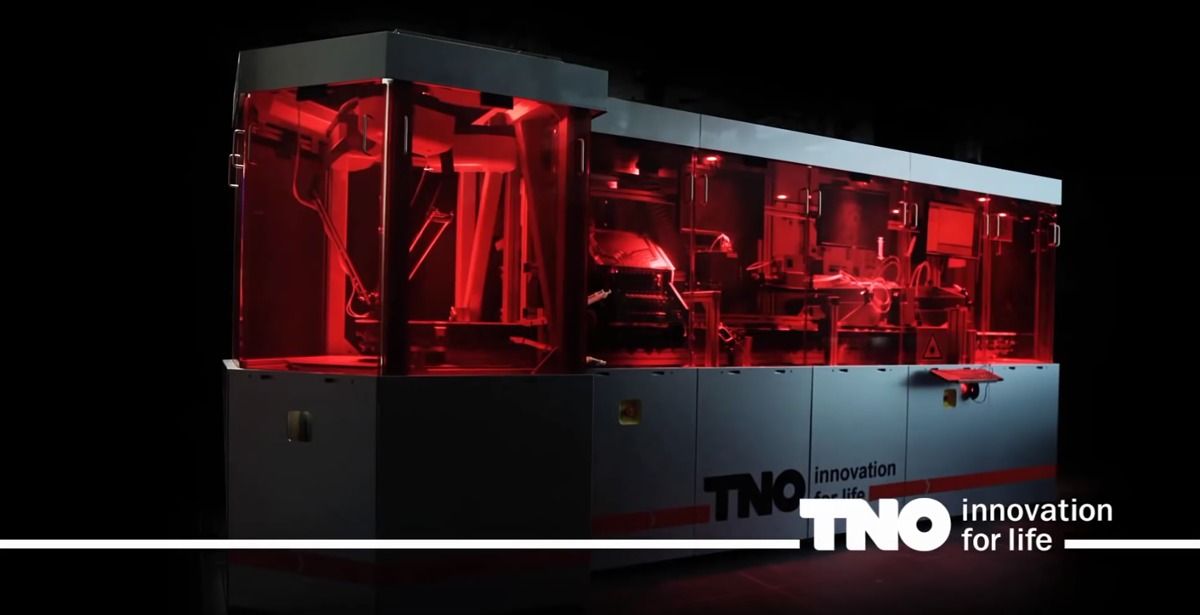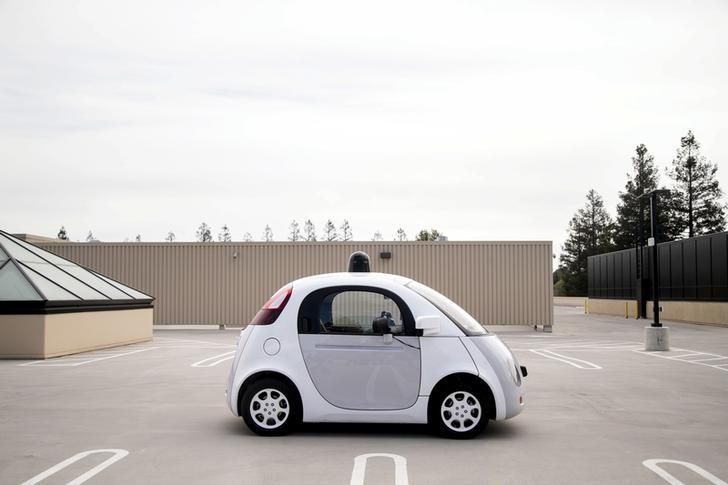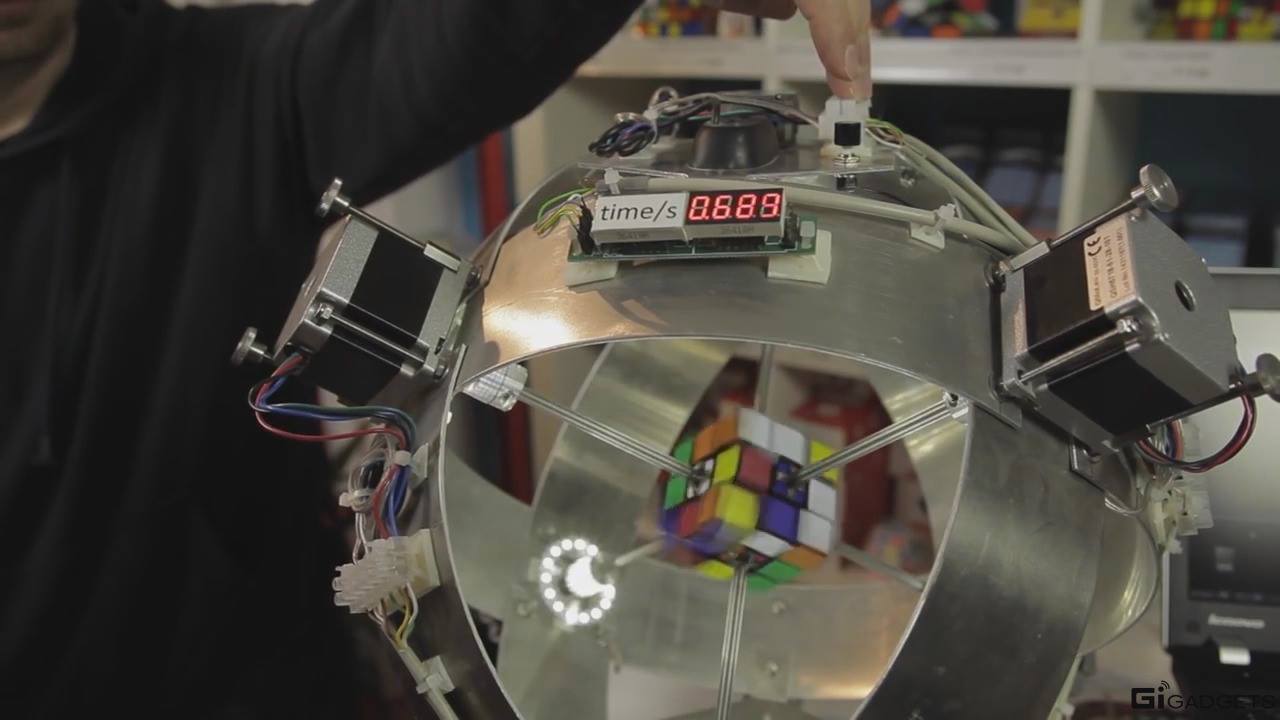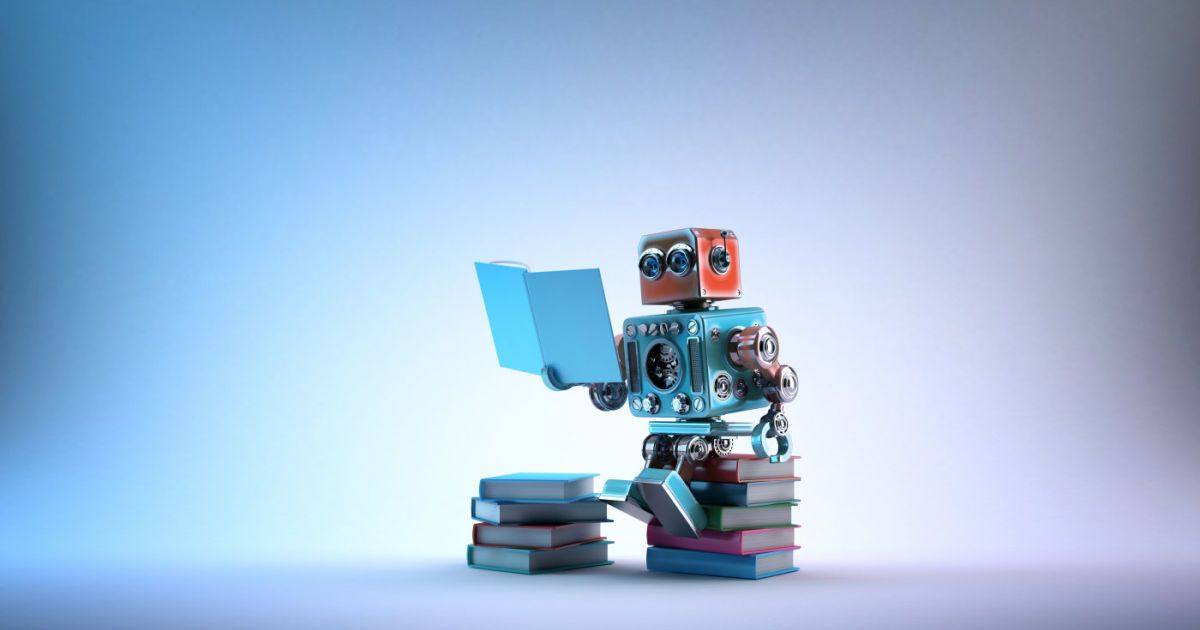Archive for the ‘robotics/AI’ category: Page 2362
Mar 1, 2016
Peter Wittek, a roving adventurer between machine intelligence and quantum physics
Posted by Karen Hurst in categories: quantum physics, robotics/AI, supercomputing
I must admit, when people see that you work with Quantum Computing and/ or networking; they have no idea how to classify you because you’re working on Nextgen “disruptive” technology that most of mainstream has not been exposed to.
Peter Wittek and I met more than a decade ago while he was an exchange student in Singapore. I consider him one of the most interesting people I’ve met and an inspiration to us all.
Currently, he is a research scientist working on quantum machine learning, an emergent field halfway between data science and quantum information processing. Peter also has a long history in machine learning on supercomputers and large-scale simulations of quantum systems. As a former digital nomad, Peter has been to over a hundred countries, he is currently based in Barcelona where, outside work hours, he focuses on dancing salsa, running long distances, and advising startups.
Feb 29, 2016
This AI tells you where to invest your money
Posted by Shailesh Prasad in categories: economics, internet, robotics/AI
The Hong Kong startup can analyze websites and social media to take the Internet’s temperature.
Feb 29, 2016
Data breach lawsuits indicate a troubling trend for enterprises
Posted by Karen Hurst in categories: cybercrime/malcode, robotics/AI
I see these growing exponentially in the next few years especially when companies introduce autonomous technologies. One must ponder how far will these go when the breach was inside a bank that is leveraging technology and/ or autonomous technologies from vendors. https://lnkd.in/bzXdix3
A number of data breach lawsuits have been filed against major enterprises in recent years, which could lead to mounting data breach costs.
Feb 29, 2016
AI learns to predict human reactions
Posted by Dan Kummer in categories: information science, mobile phones, robotics/AI, wearables
A team of Stanford researchers have developed a novel means of teaching artificial intelligence systems how to predict a human’s response to their actions. They’ve given their knowledge base, dubbed Augur, access to online writing community Wattpad and its archive of more than 600,000 stories. This information will enable support vector machines (basically, learning algorithms) to better predict what people do in the face of various stimuli.
“Over many millions of words, these mundane patterns [of people’s reactions] are far more common than their dramatic counterparts,” the team wrote in their study. “Characters in modern fiction turn on the lights after entering rooms; they react to compliments by blushing; they do not answer their phones when they are in meetings.”
In its initial field tests, using an Augur-powered wearable camera, the system correctly identified objects and people 91 percent of the time. It correctly predicted their next move 71 percent of the time.
Feb 28, 2016
Australians and Robots Working Together
Posted by Karen Hurst in categories: computing, employment, government, robotics/AI
I like the concept; however, as long as “connected AI” is connected to the Net or any network infrastructure, or platform that is connected to a network and the network infrastructure/ net can be hacked; companies and consumers will still finding themselves closely monitoring the AI systems & machines which could cost companies more money and not less money. So, this does place a concern on the investments being made to develop technology that may not be fully adopted as it once was hoped.
Australians could be working alongside artificial devices and robotic devices within the next 20 years, according to a landmark report by the Federal Government’s agency for scientific research.
The CSIRO has launched a report claiming that rapid advances in automated systems and artificial intelligence meant that robotic devices would be able to perform many tasks more quickly, safely and efficiently than humans.
Continue reading “Australians and Robots Working Together” »
Feb 28, 2016
Artificial intelligence ‘should be used to give children one-on-one tutoring’
Posted by Karen Hurst in categories: education, robotics/AI
I fully support this only when the net and infrastructure is secured from hackers.
Artificial intelligence should be used to provide children with one-to-one tutoring to improve their learning and monitor their well-being, academics have argued.
One-to-one tutoring has long been thought the most-effective approach to teaching but would be too expensive to provide for all students.
Continue reading “Artificial intelligence ‘should be used to give children one-on-one tutoring’” »
Feb 28, 2016
Report Cites Dangers of Autonomous Weapons
Posted by Karen Hurst in categories: cybercrime/malcode, military, policy, robotics/AI
I agree 100% with this report by former pentagon official on AI systems involving missiles.
A new report written by a former Pentagon official who helped establish United States policy on autonomous weapons argues that such weapons could be uncontrollable in real-world environments where they are subject to design failure as well as hacking, spoofing and manipulation by adversaries.
In recent years, low-cost sensors and new artificial intelligence technologies have made it increasingly practical to design weapons systems that make killing decisions without human intervention. The specter of so-called killer robots has touched off an international protest movement and a debate within the United Nations about limiting the development and deployment of such systems.
Continue reading “Report Cites Dangers of Autonomous Weapons” »
Feb 28, 2016
New Hyproline System Capable of High-Speed Mass Customization of Metal 3D Printed Parts
Posted by Klaus Baldauf in categories: 3D printing, robotics/AI
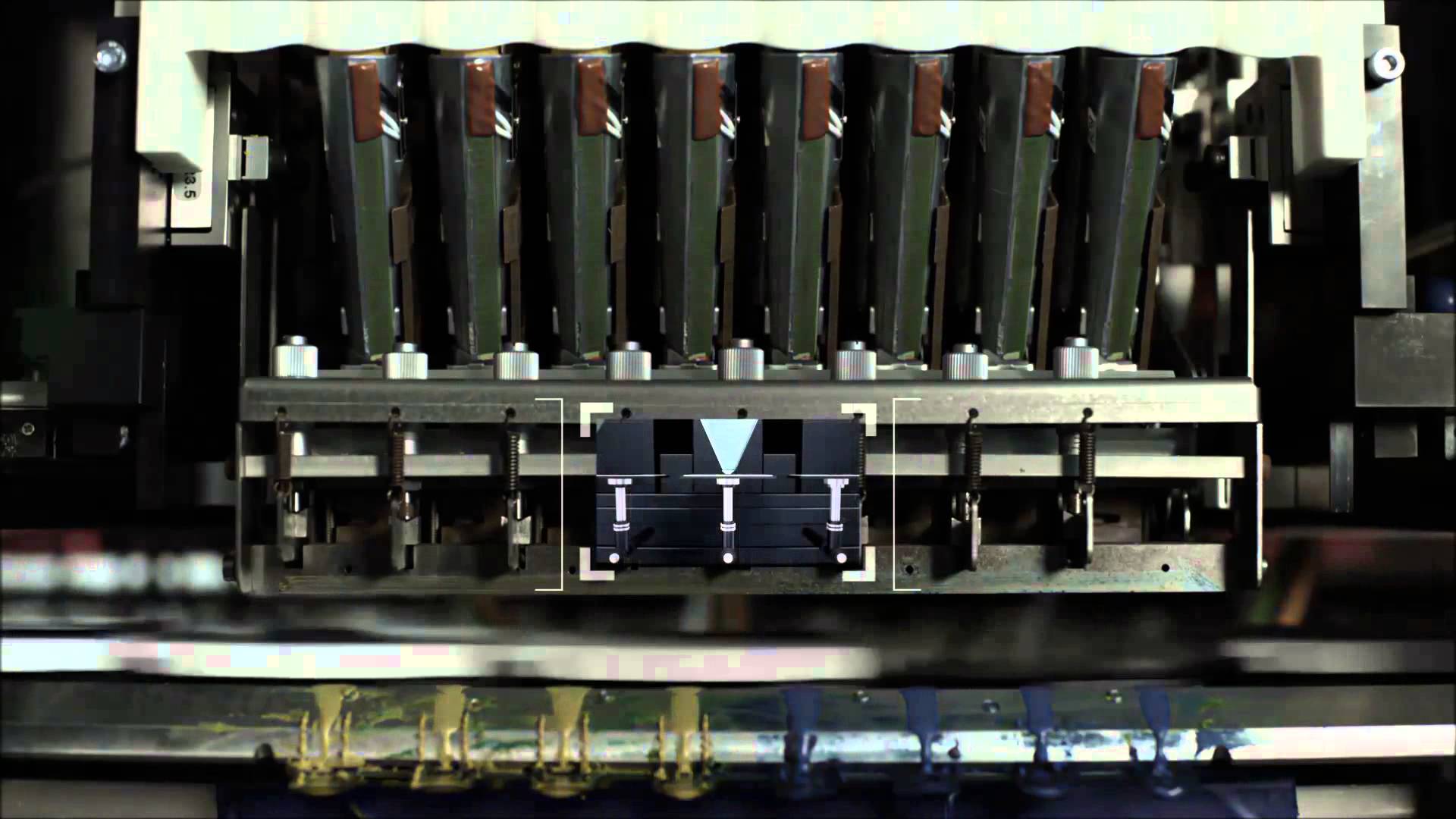
At the end of last year, Davide Sher predicted that 2016 would see metal 3D printing move from a technology capable of producing small batches to a fully-automated method for serial manufacturing. Davide cited a number of machines in development that herald the age of serial metal 3D printing, but he may have left one system out: the Hyproline platform.
